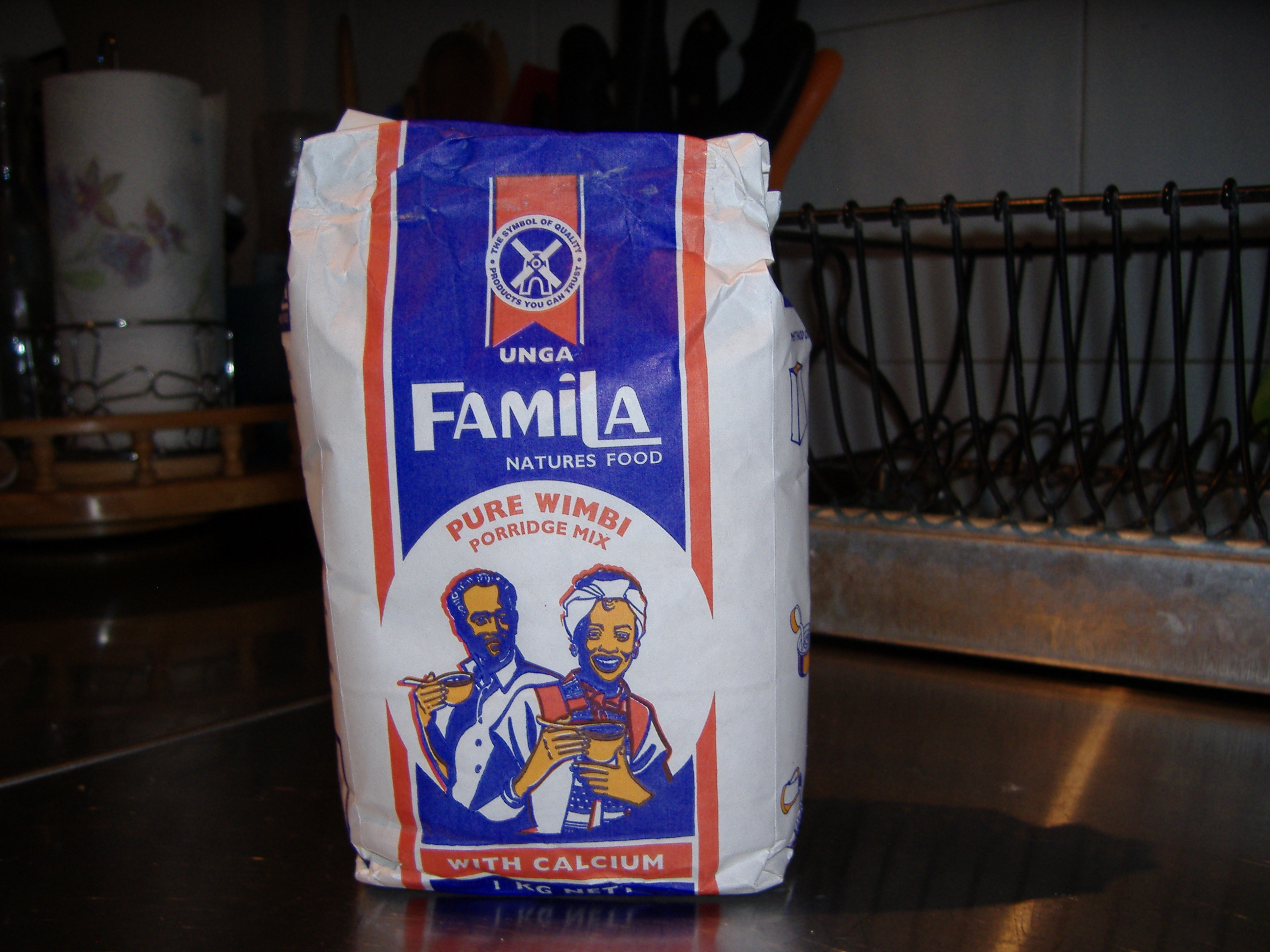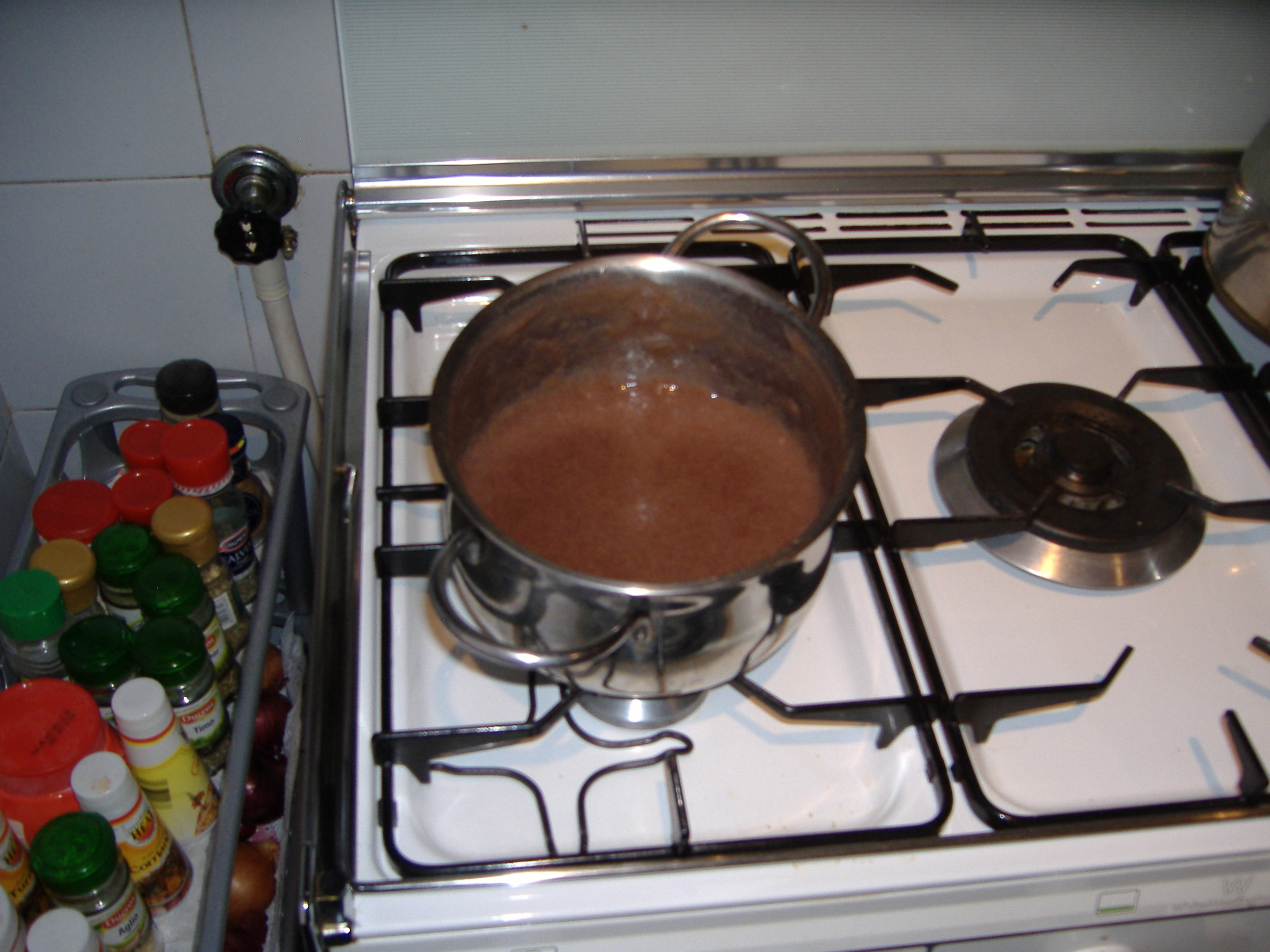Whenever I hear people talking about reviving food traditions, I always want to ask them what they’re doing with expatriates. They are often the people who are most attached to traditional foods and assorted agrobiodiversity from back home. Take my wife. No sooner did our visitor fly in from Nairobi, laden with uji mix,

that she had the stuff boiling away on the stove as if she hadn’t tasted porridge in years. 1

Now, I’m not saying that Kenyans abroad are going to save finger millet cultivation in the Nandi Hills or whatever. But they might be a good place to start.